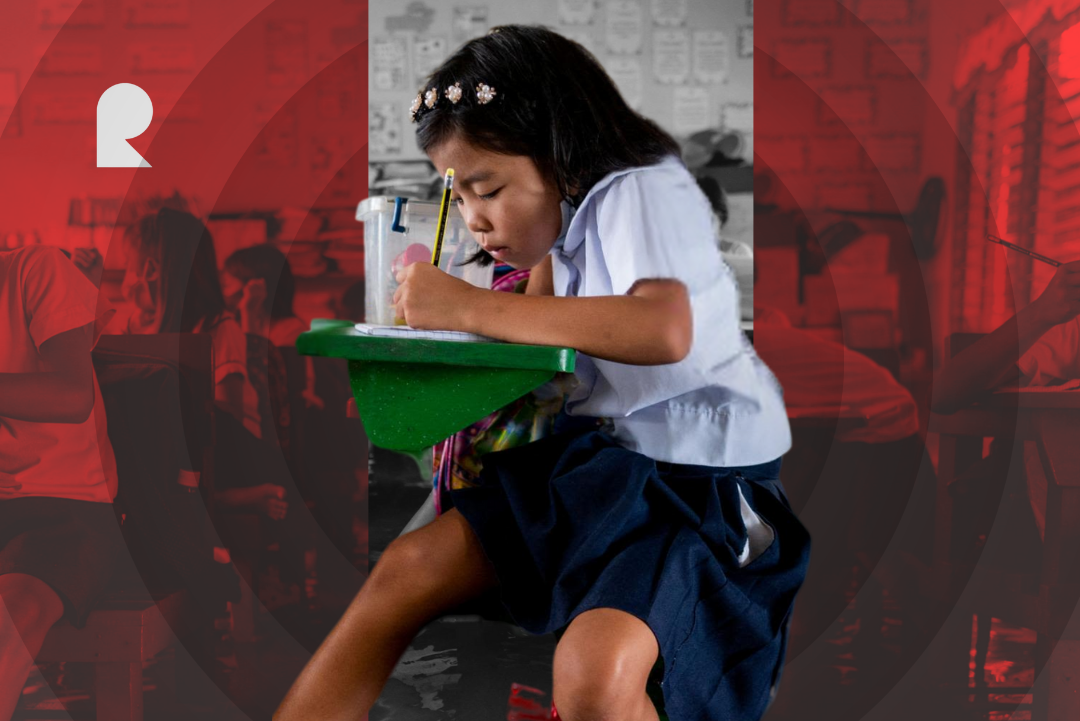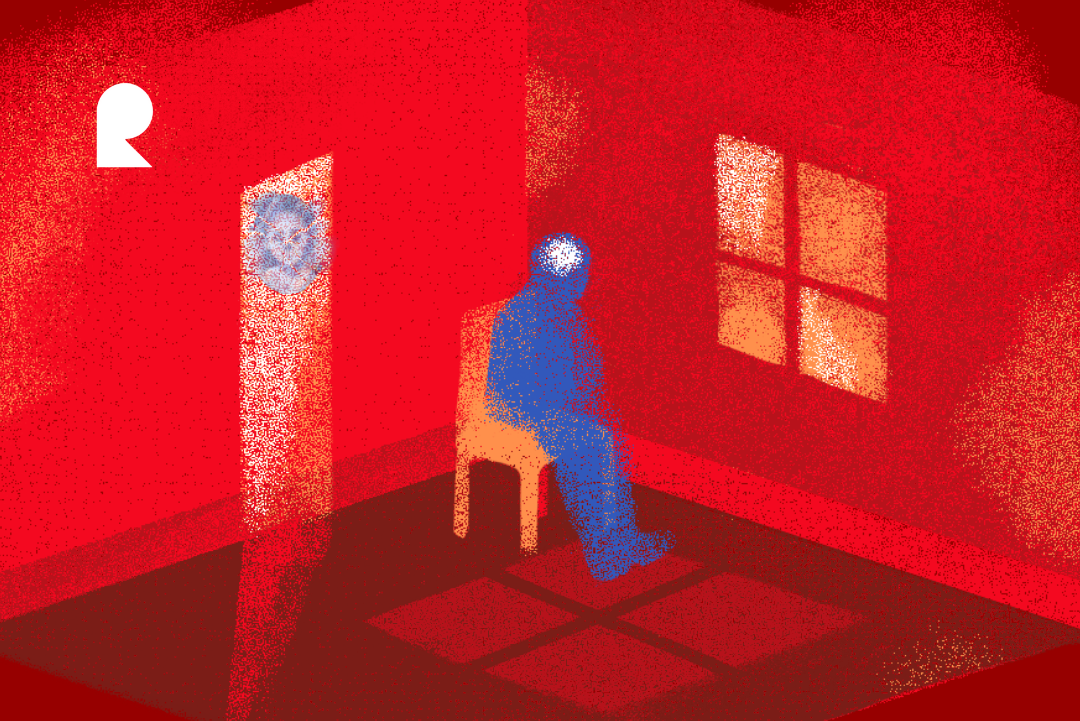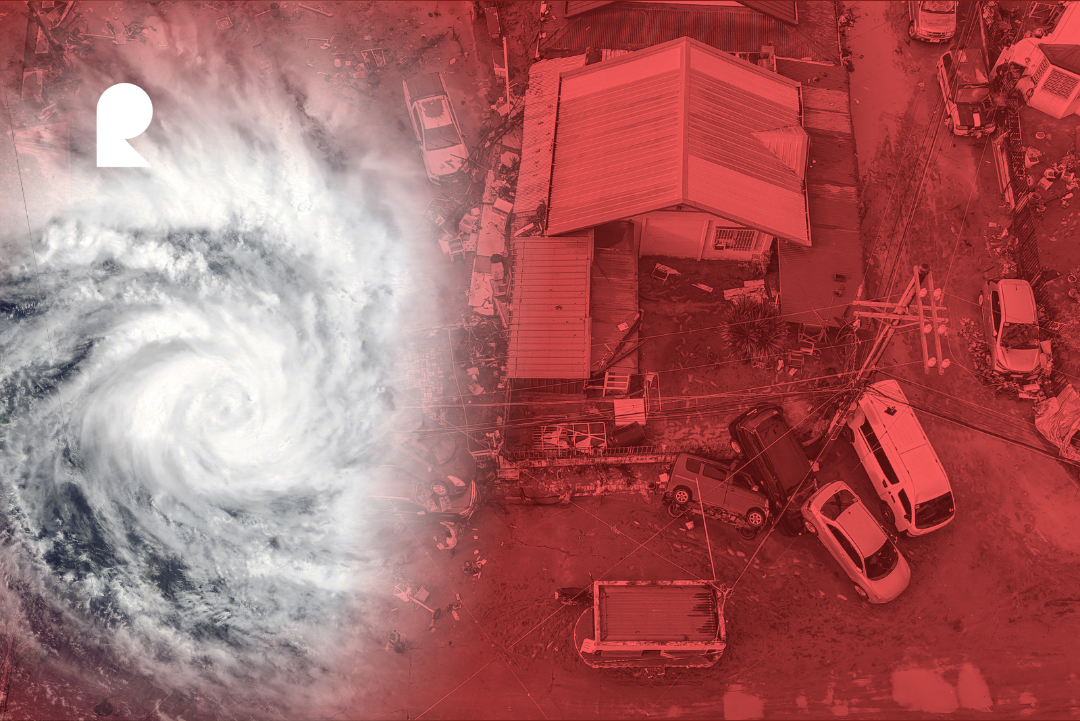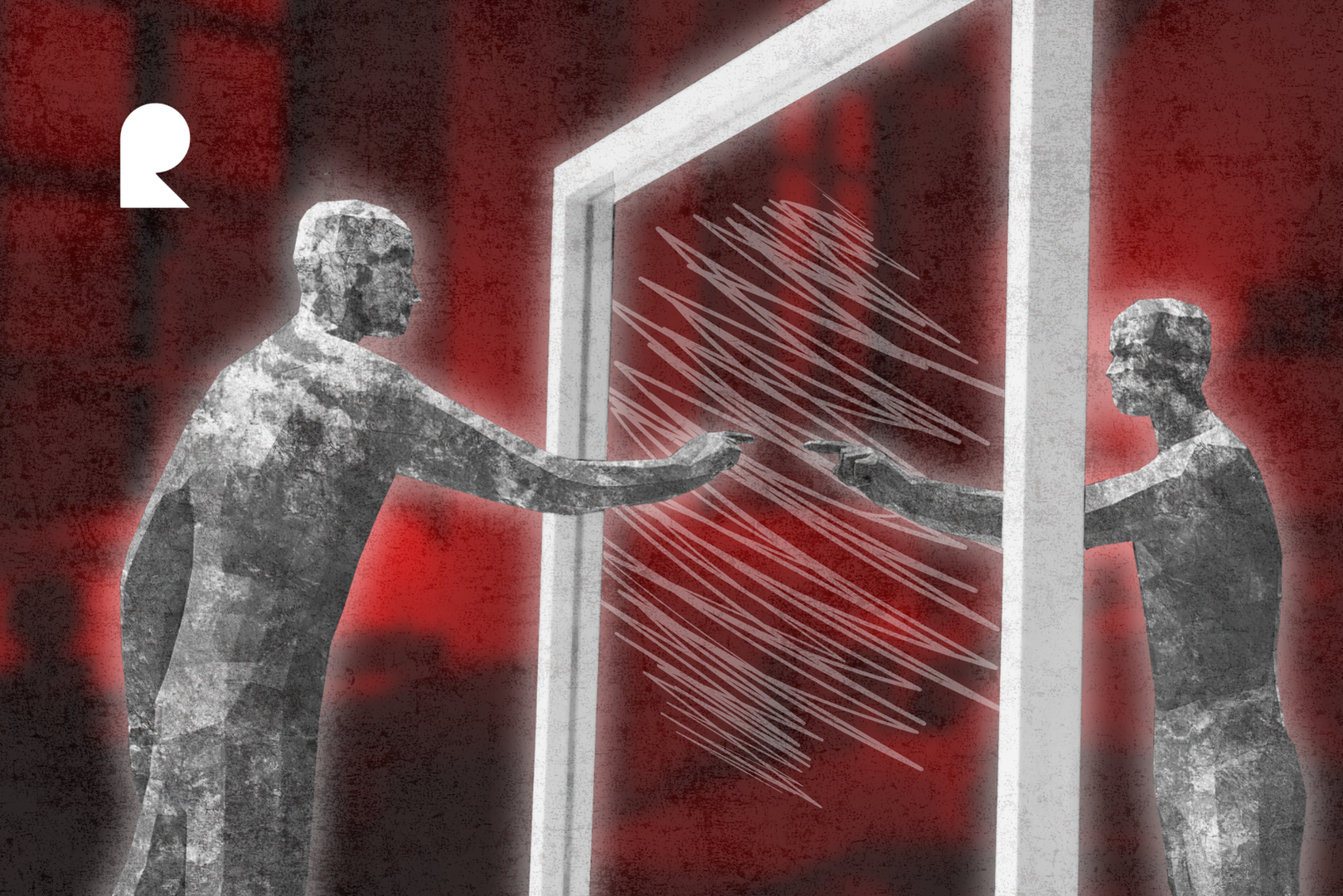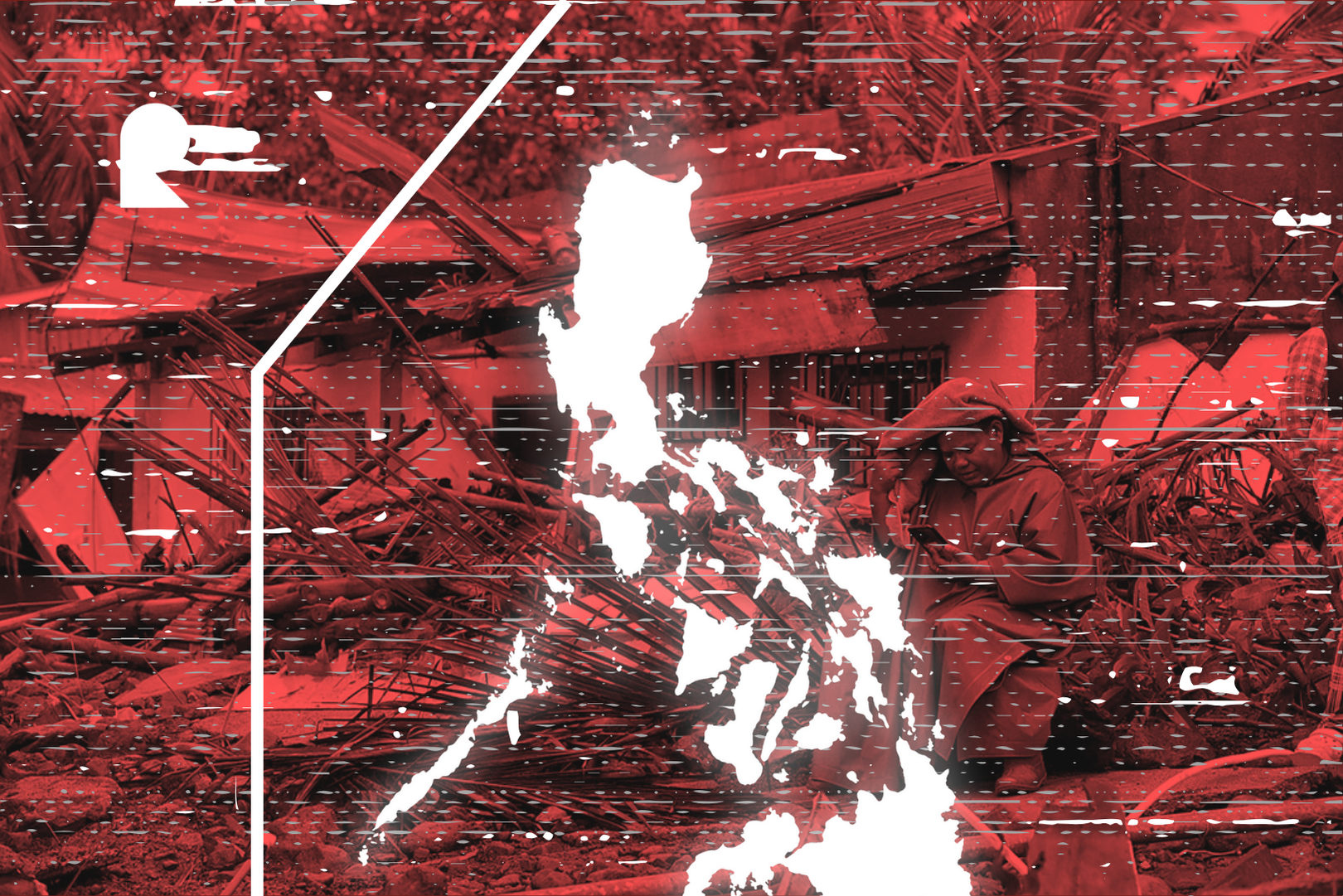Even as homes lie in ruins and power remains out, some schools push to continue classes, testing the resilience and limits of Filipino students and teachers.
When typhoons strike the Philippines, they leave more than fallen trees and flooded streets. They leave behind stories of families rebuilding from ruins, of children studying by candlelight, and of schools choosing to resume classes even as communities still reel from the disaster.
Every year, the Philippines faces an average of 20 tropical cyclones. Each one brings fierce winds, heavy rains, and the familiar fear of loss. In recent weeks, a powerful typhoon swept through the country, destroying homes, submerging villages, and knocking out electricity in many provinces.
Yet, amid these challenges, some schools have decided to resume classes, either onsite or online, despite the difficult circumstances faced by students and teachers alike.
For many Filipino learners, returning to school right after a disaster feels like trying to read a book in the dark. Electricity is still out in several areas, making online classes nearly impossible. Families are still drying soaked books and uniforms, while others have lost everything—their homes, gadgets, and in the worst cases, their loved ones.
In some rural towns, classrooms double as evacuation centers. Students share spaces with families seeking shelter, their desks turned into makeshift beds. Still, announcements come: “Classes will resume tomorrow.”
Teachers, too, face their share of hardships. Many spend their nights cleaning debris from their own homes and their mornings preparing lessons for students who can barely attend.
DepEd’s decision to resume classes shortly after calamities often sparks mixed reactions. Officials argue that returning to school can restore a sense of normalcy and help students recover emotionally. “Education must continue,” they say.
However, for many affected families, this decision feels like pressure rather than support. Parents ask how their children can study when there’s no electricity, no water, and no food on the table. Some argue that instead of immediate resumption, there should be a temporary pause—time for healing and rebuilding.
Disasters are not just physical crises; they are emotional ones too. Students who have lost their homes or loved ones cannot easily return to normal routines. What they need most is understanding and flexibility. Education should not only teach resilience but also practice it, through policies that prioritize well-being over rigid schedules.
When schools reopen too soon, they risk deepening the trauma rather than easing it. True recovery begins when the system acknowledges that learning is impossible when survival is still at stake.
Despite everything, the Filipino spirit remains unshaken. Communities help one another rebuild, teachers reach out to students through community visits, and youth organizations organize donation drives for affected classmates. These moments of unity show that education is not confined within the four walls of a classroom; it’s also about compassion, empathy, and hope.
The storm may have passed, but the lessons remain: resilience is not just standing tall after the wind—it’s knowing when to rest, rebuild, and rise together.
via Maria Selma Aspe
